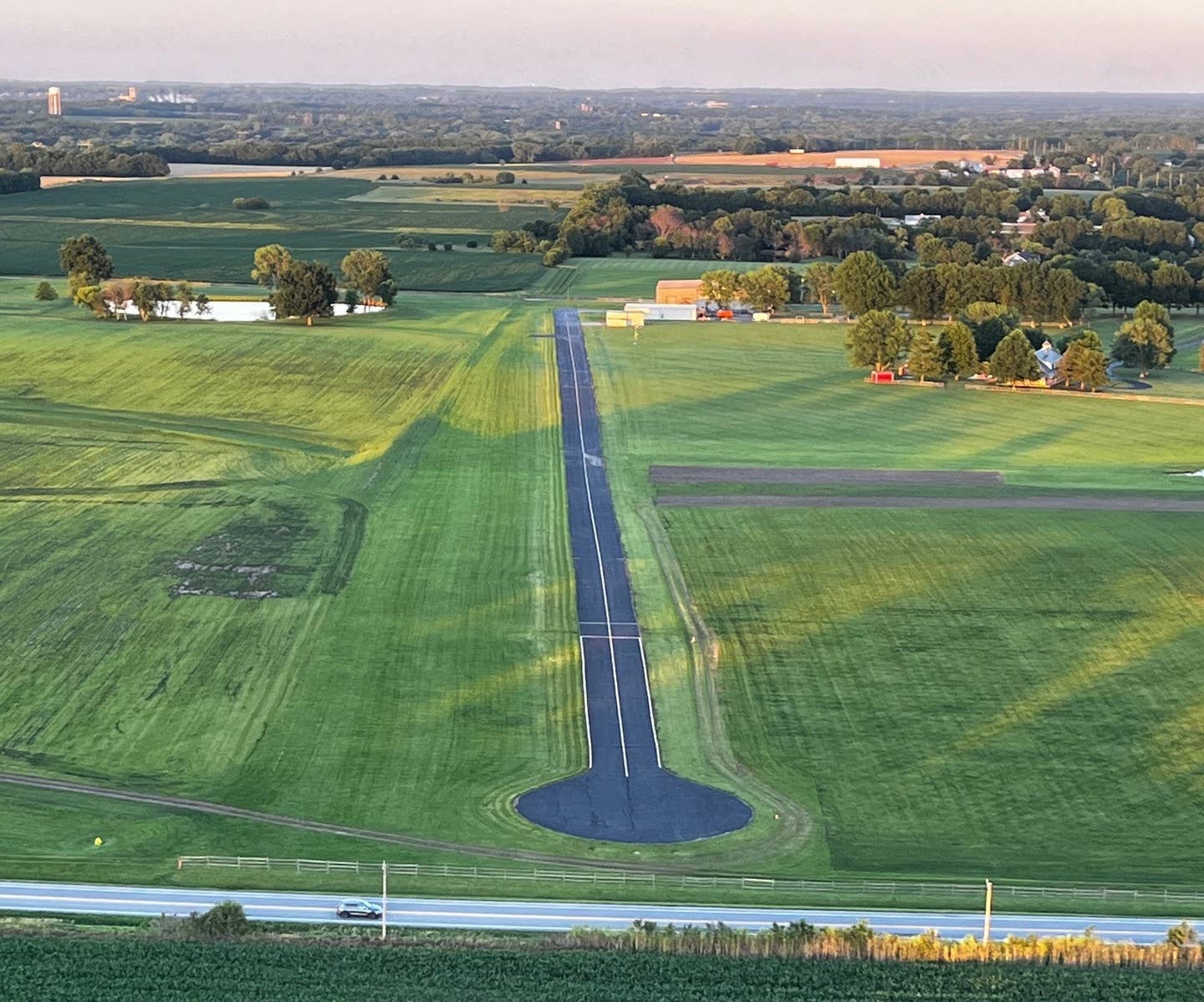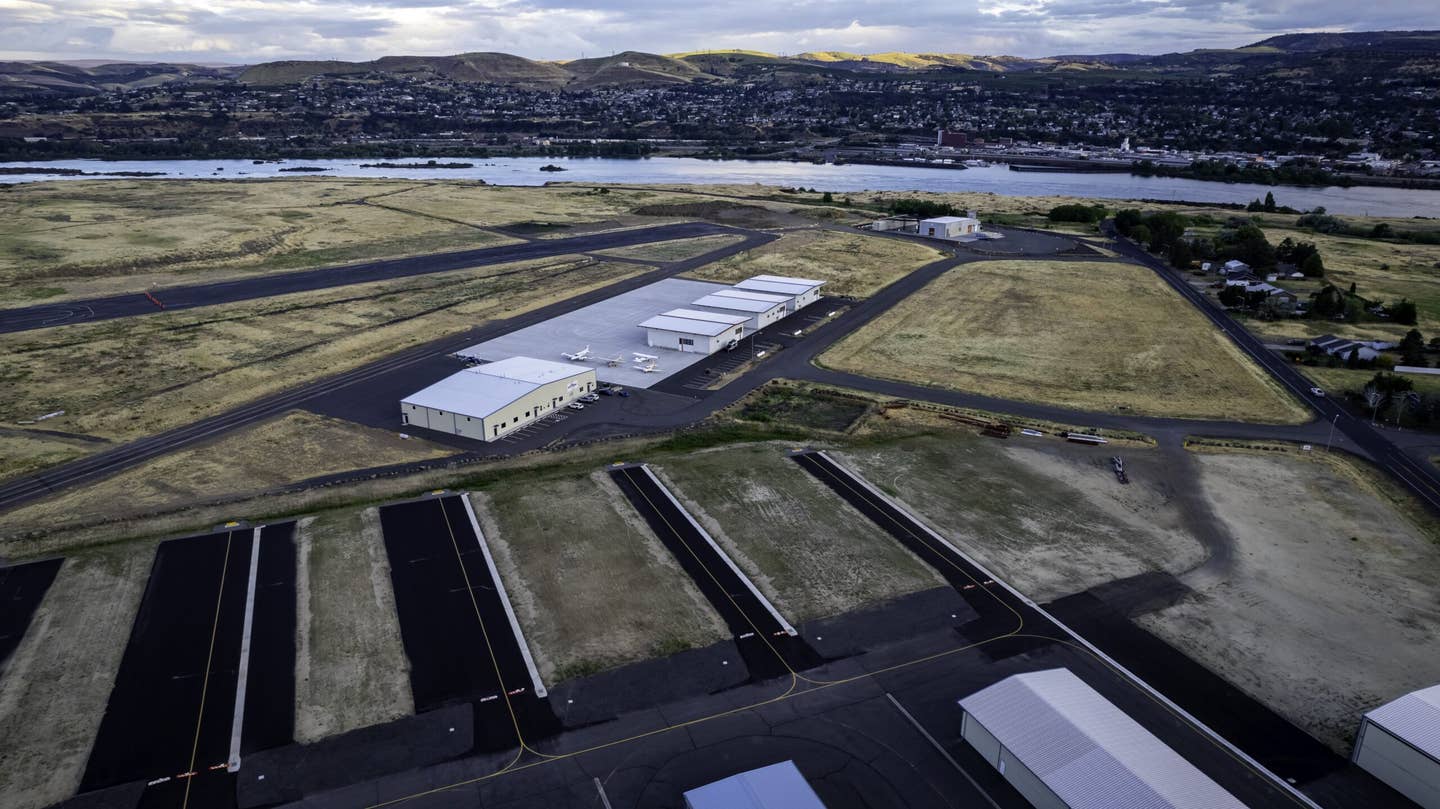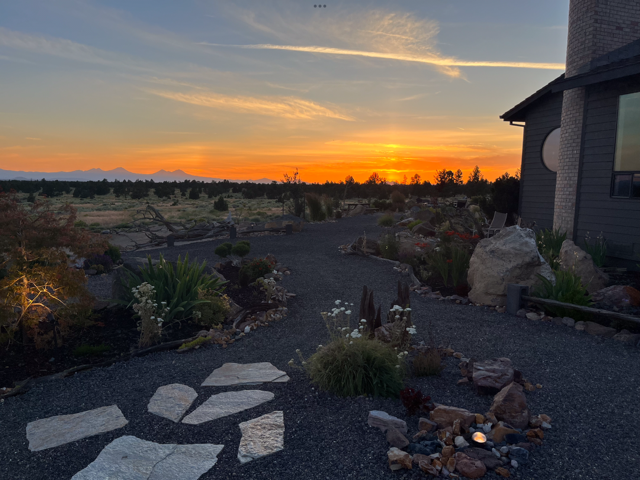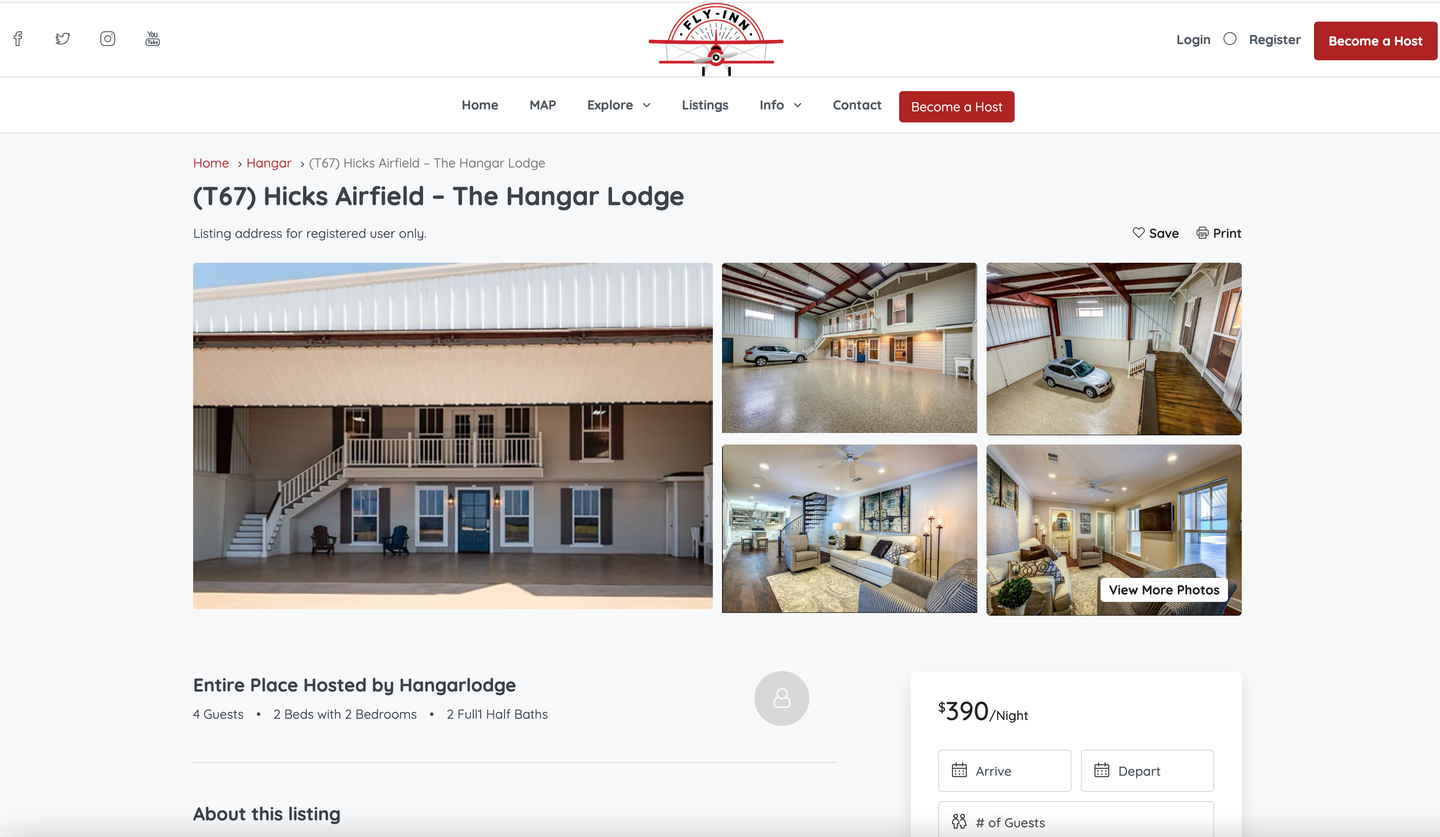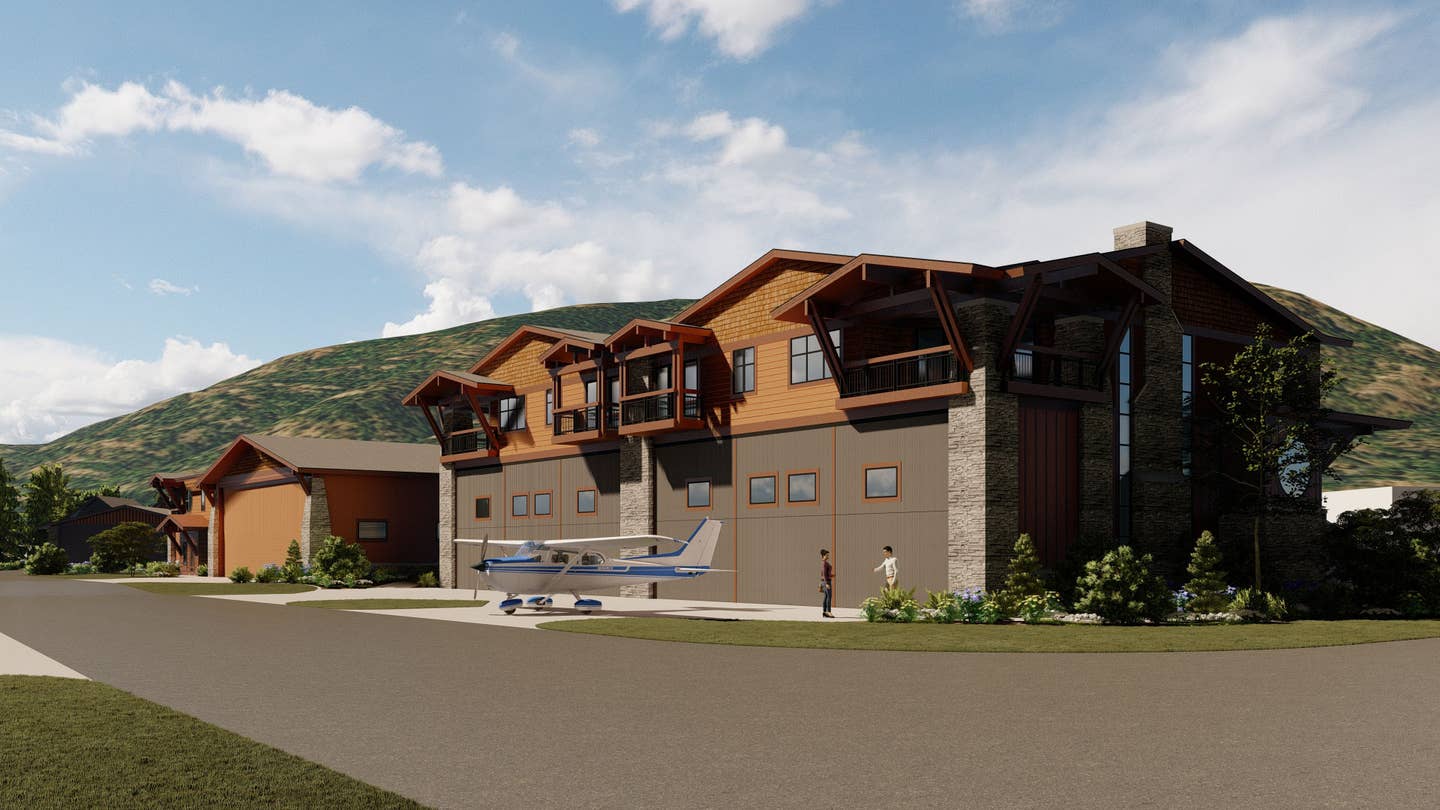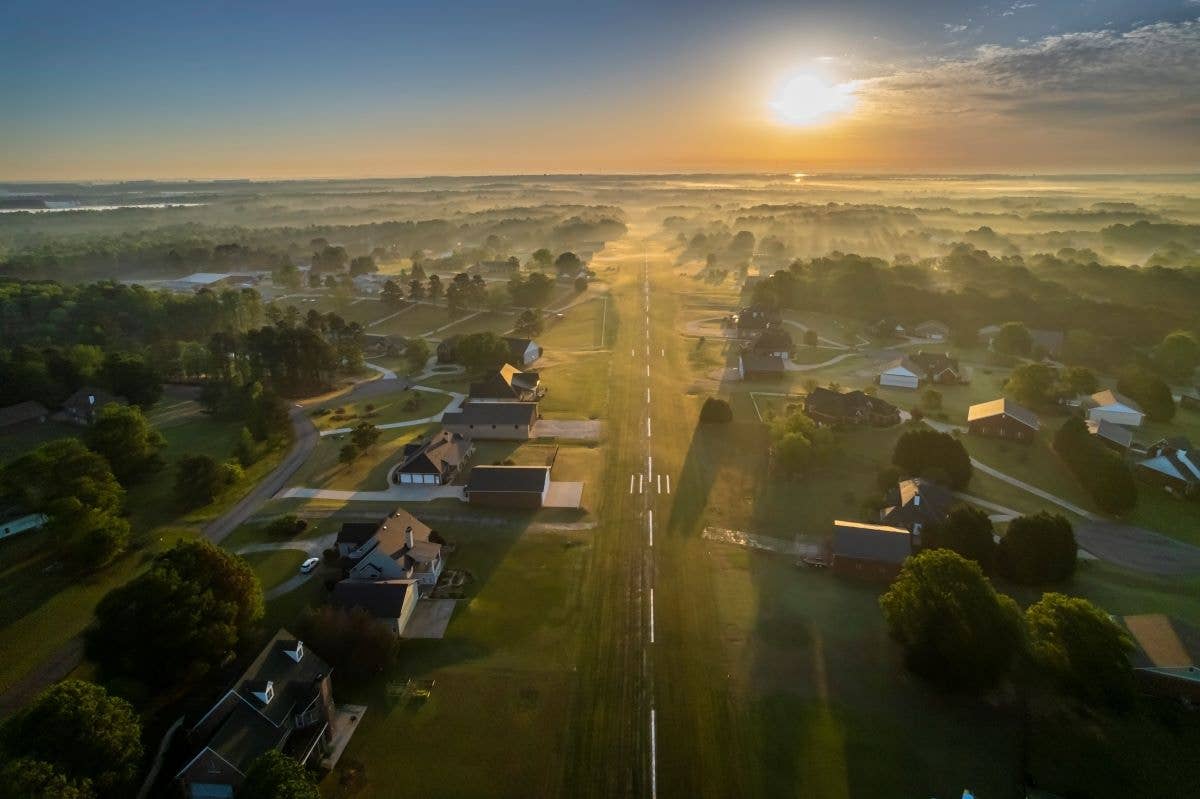Equestrian Airparks Offer Best of Two Worlds
Aviation communities allow horses and aircraft to co-exist.
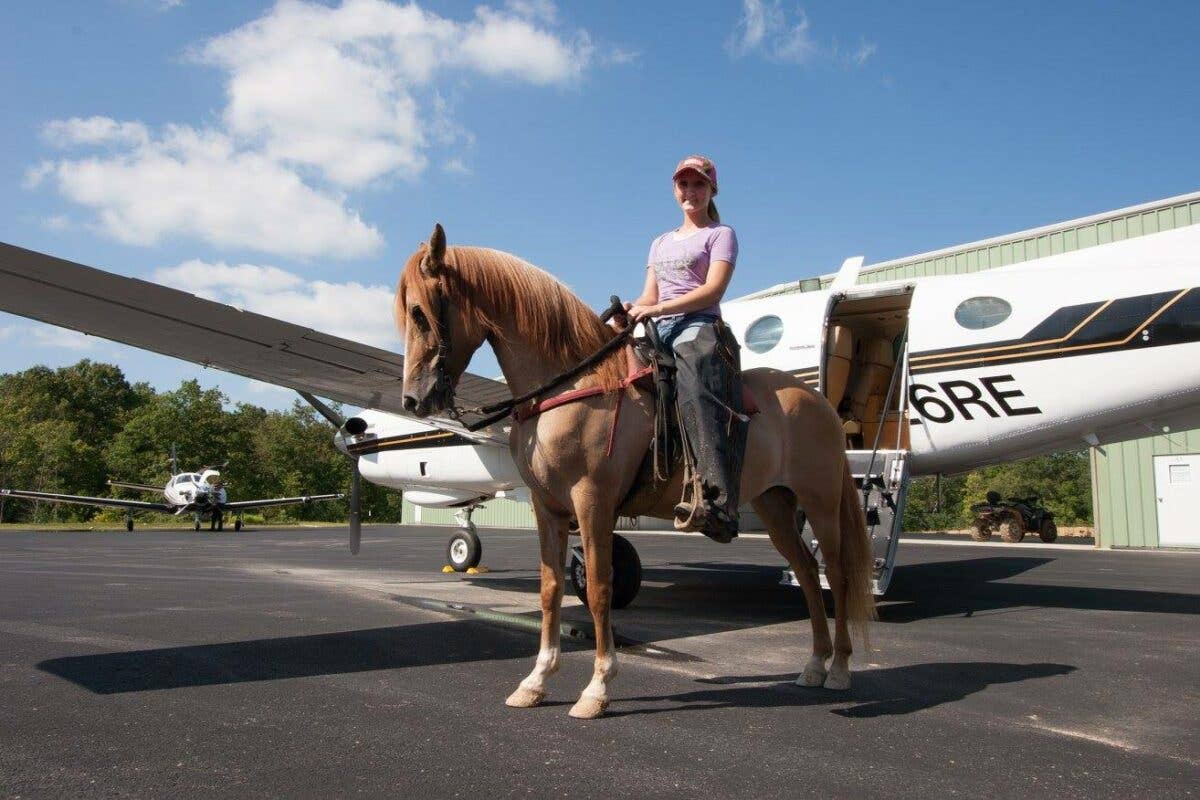
Two of Big South Fork Airpark’s most popular modes of transport [Courtesy: Big South Fork Airpark]
On the surface, there isn’t much similarity between aircraft and horses. Seemingly unrelated, the former has borrowed a multitude of equine terms over the years. For example, we are all familiar with the P-51 Mustang, in addition to horsepower that propel our aerial endeavors and Cessna Citation jets—just to mention a few horse-driven terms. But the average aviation enthusiast is likely less acquainted with communities that allow horses and aircraft to co-exist.
Two prominent equestrian-focused airparks in the U.S. are Jumbolair Aviation and Equestrian Estates (17FL), in central Florida, and Big South Fork Airpark (KSCX), in northeastern Tennessee.
Jumbolair Aviation and Equestrian Estates
Jumbolair is located in beautiful Ocala, Florida, which is nicknamed "The Horse Capital of the World." Consequently, it is no surprise that this fly-in community has long standing equine roots, which date back to the late 1960s. The grounds were initially owned by Muriel Vanderbilt (the great-great granddaughter of Cornelius Vanderbilt, the famous railroad tycoon) as her private farm. Here, she bred racehorses for many years, including the U.S. Riding Hall of Fame inductee, Desert Vixen.
It wasn’t until 20 or so years later that aircraft were introduced to this legacy property. This introduction was spearheaded by Arthur Jones, who was the founder of the strength training company, Nautilus. This newly added landing site was capable of accommodating Jones’ jumbo jet, which reportedly transported a number of exotic animals to the property. Animals that once called the many hundred-acre site home include: three white rhinos, several hundred crocodiles and snakes, a gorilla, and dozens of larger safari animals.
Liz Wakefield, Jumbolair’s operations manager, elaborates on this unique aspect of the community’s history and how it got its name.
“In the early 1980s, the couple made the property into a destination of sorts for celebrities and others. They eventually flew to Africa to rescue 63 baby elephants and brought them back to their new home in Ocala, Florida. It was because of this venture that the property earned its name. Jumbolair: 'jumbo' as in large, as a nod to the elephants; and 'lair' as in a place where one seeks refuge," Wakefield said.
Jumbolair is first and foremost a community for aviators, Wakefield explained. “The airpark is well-known for having the longest privately-owned, paved runway in the country at 7,550 feet long by 200 feet wide. It is equipped with a GPS approach, as well as a VASI approach lighting system. The community has the convenience of having separate streets and taxiways. There are presently 38 multi-acre home sites in the exclusive community, each with buildable area for a house and hangar.”
New ownership began managing Jumbolair last year and has been fast at work revitalizing the community with renovations on the current facilities as well as plans for expansion. Since the airpark is located in the Horse Capital of the World—and only 15 miles from the Ocala’s brand-new World Equestrian Center—a key portion of the new owners’ strategic vision includes a strong focus towards equestrian amenities. They have just recently added to the equestrian facilities by building a multi-million-dollar horse barn, and a 100-foot by 200-foot covered riding arena. The fly-in community’s residents now have access to state-of-the-art facilities to board and train their horses on site.
Wakefield continued her explanation about the community, noting, “We believe there is a growing class of people whose interests combine the love of aviation and equestrian lifestyles, and we wanted to provide the opportunity to experience both of these lifestyles in one place. Jumbolair Aviation and Equestrian Estates provides the perfect setting to do just that."
Big South Fork Airpark
Big South Fork Airpark in Oneida, Tennessee, is another residential airpark that has acknowledged the importance of catering to both aircraft owners and equestrian enthusiasts. The community’s name and its touted equestrian amenities are the result of its location, advised Bill Armstrong, the community’s developer.
“That’s the easiest question that anybody has ever asked me [what makes the airpark’s location perfect for it to have an equestrian focus]. The answer is that our property—specifically our equestrian center—borders the Big South Fork River and Recreation Area. It’s a 125,000-acre national park with a river, hiking trails, and 180 miles of horse trails. People come here from all over the eastern United States and beyond to ride into the park, where there’s the opportunity to camp with your horse and experience the scenery. Big South Fork is a horse haven. Every weekend horse trailers roll into our town from all over, as the area is well known for equestrian activities.”
Armstrong added additional detail, “If you look at our site map, you will see that the runway is on the south side of our property and the equestrian center is on the northeast side. The difference in elevation between the two areas is significant. The airpark’s homes are at [a] 1,550-foot elevation and the equestrian facilities sit down along the creek bed, which leads to the river, at [a] roughly 1,320-foot elevation. While separated from one another, this makes it easy for residents to enjoy both airplanes and horses-which are really two separate aspects of the development here.”
The community is located adjacent to Scott Municipal Airport (KSCX), with through-the-fence access to its 5,505-foot-long by 75-foot-wide asphalt runway. Armstrong asserts that airpark residents benefit when there are onsite recreational avenues, in addition to aviation facilities.
“We’re not just an aviation community, as we have a full-service equestrian center, riding trails in our development, a competition-size riding arena, a round pen for training work, staff to manage your horses if needed, as well as horses that you can rent by the hour. The nice thing about being a resident of the airpark is that if you want to enjoy the equestrian part of it, you don’t have to go and buy a horse. We can arrange for you to rent one here, we can provide the tack, and we teach your grandkids how to ride. We have all the amenities, and you don’t even have to own a horse.”
“There’s no mistaking that our equestrian community is far below in numbers, compared to our aviation community. There are far more people that are here that are interested in aviation, so there is a marked difference between those two needs. But I will tell you that we have several folks who are both equestrian enthusiasts and aviators. Having equestrian facilities helps to round out the appeal of the airpark,” Armstrong explained.
“For instance, you are an aviator, you build a hangar, and you live in an airpark. You fly in and then once you get there, now what? What do you do? There is another dynamic to our development that allows you to enjoy the national park by horse, by mountain bike, or by four-wheeler. You can also put a canoe in the river and float. So, there is a whole other dynamic here at Big South Fork Airpark and equestrian is just one part of that dynamic.”

Subscribe to Our Newsletter
Get the latest FLYING stories delivered directly to your inbox

